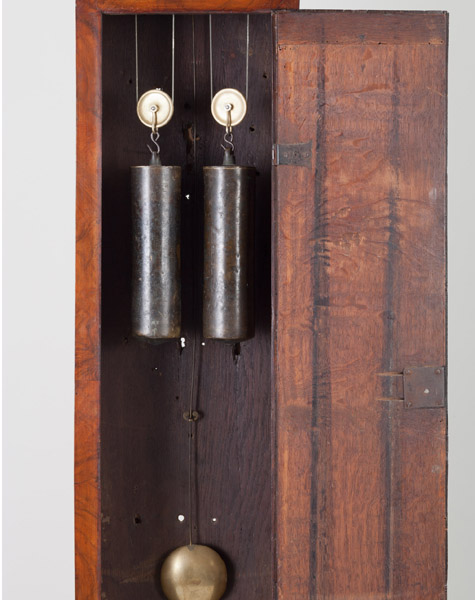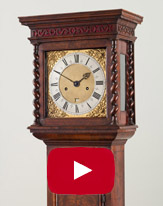[javascript protected email address]
 front.jpg)
Joseph Knibb, London
Circa 1685
Sold
Height 6 ft 2 inches
A very fine and rare walnut eight-day longcase clock. CASE The elegantly-proportioned case has a rectangular trunk door with the original reversed iron hinges and weight markings running down the inside of the trunk door with pretty original mouldings below above the plinth which is raised on walnut bun feet. The rising hood has a convex throat moulding twist walnut columns, glazed sides and a pierced walnut sound fret to the cornice above. DIAL The 10 inch square gilt-brass fully latched dial is signed Joseph Knibb London beneath the silvered chapter ring which is engraved with Roman and Arabic chapters and trident half hour markers; the lovely blued steel hands are pierced and well sculpted, the finely matted centre has a calendar aperture above chapter VI. The corners are applied with foliate winged cherub gilt-brass spandrels with foliate engraving between. MOVEMENT The eight-day movement has latched ringed-turned pillars, the going train on the right side has very original wheel work terminating with a restored anchor escapement on Knibb’s arrangement with S-curve cock for the pivoted crutch and anchor cut-out in the backplate; the original brass-rod pendulum has the butterfly rating nut above Knibb’s brass-covered bob with typical internal threaded adjustment. The strike train is regulated by a countwheel on the backplate with hour strike on a pork pie bell above the movement plates. The front plate is engraved with the monogram JB to the top corner. Original seatboard and movement securing bracket to the backboard. Provenance Sotheby’s London, 5th October 1989 lot 293, sold for £77,000 There are approximately 450 clocks extant by Joseph Knibb, some 100 of which are longcase clocks, of these just less than 30 are pure walnut clocks like the present example. This Knibb has only ever once been on the open market, at Sotheby’s in October 1989. The price of £77,000 was the third highest price ever achieved at auction for a clock by Joseph Knibb – the highest price being an ebony grande sonnerie table clock with skeletonised chapter ring which was bought by the late George Daniels for £100,000 in April 1988 and subsequently sold for £337,000 in 2012. Joseph Knibb (1640-1711) was the most famous, inventive and prolific member of the celebrated Knibb family. He was the son of Thomas Knibb of Claydon, Oxfordshire and is thought to have served his apprenticeship with his cousin Samuel Knibb in Newport Pagnell. Joseph set up his first workshop in Oxford in 1665 and took on his younger brothers John and Peter as apprentices. Upon his Uncle Samuel’s death in 1670 Joseph moved to London to take charge of the business there. During his formative years in London it is firmly held that Joseph and Thomas Tompion shared many thoughts and ideas. Indeed some of the early work being sold out of Tompion’s workshops display so many Knibb-like features that it is almost certain Tompion was retailing some of Knibb’s work (Henry Jones also shared a similar relationship with the Tompion workshops) Despite (or perhaps in spite of) the vagaries of furniture fashion, Joseph Knibb’s longcase clock cases changed very little throughout his time in London. The present clock is a quintessential example of Knibb’s philosophy, and the same is true today, that classical restraint and elegant simplicity is a formula that will never grow old.

 hood front.jpg)
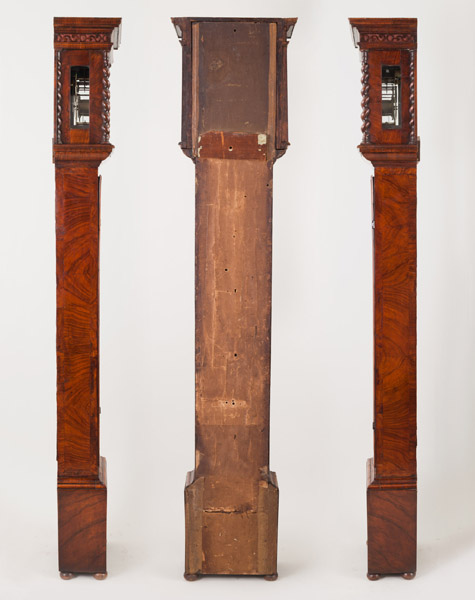
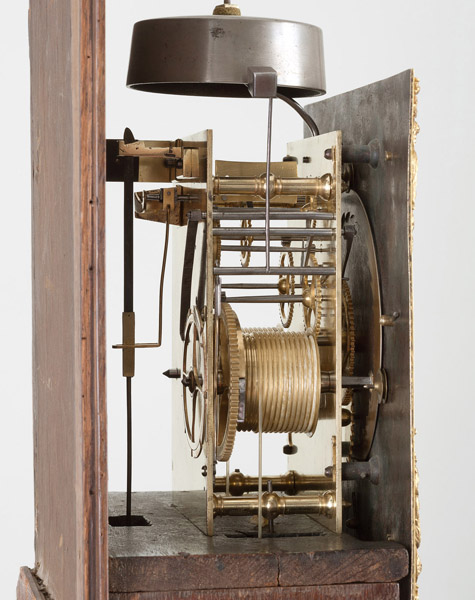
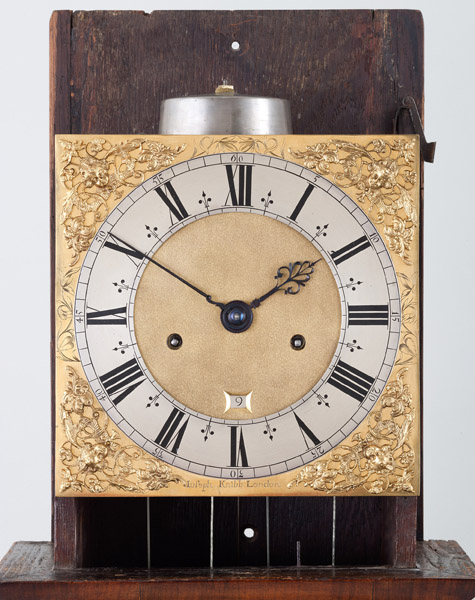
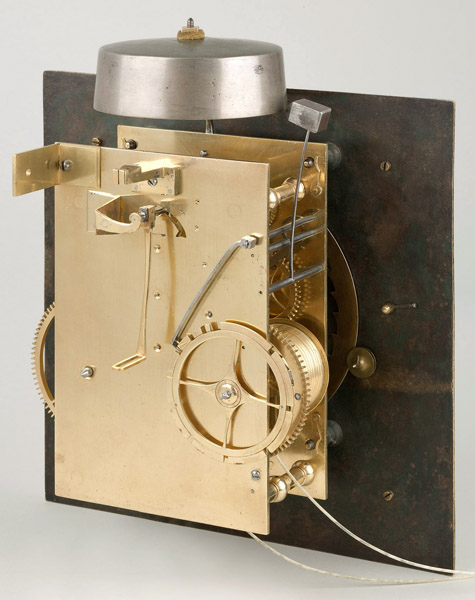
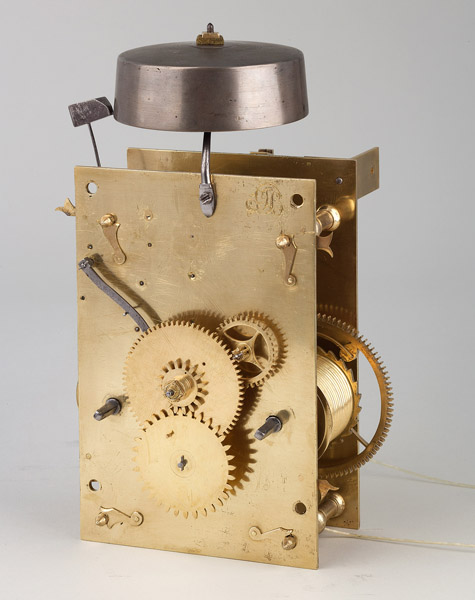
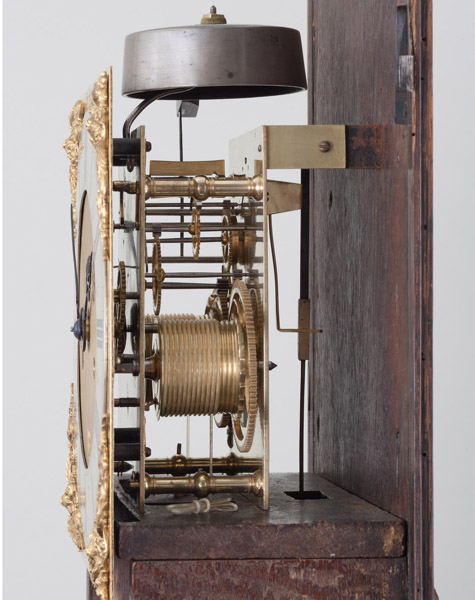
_Z1O8207.jpg)
